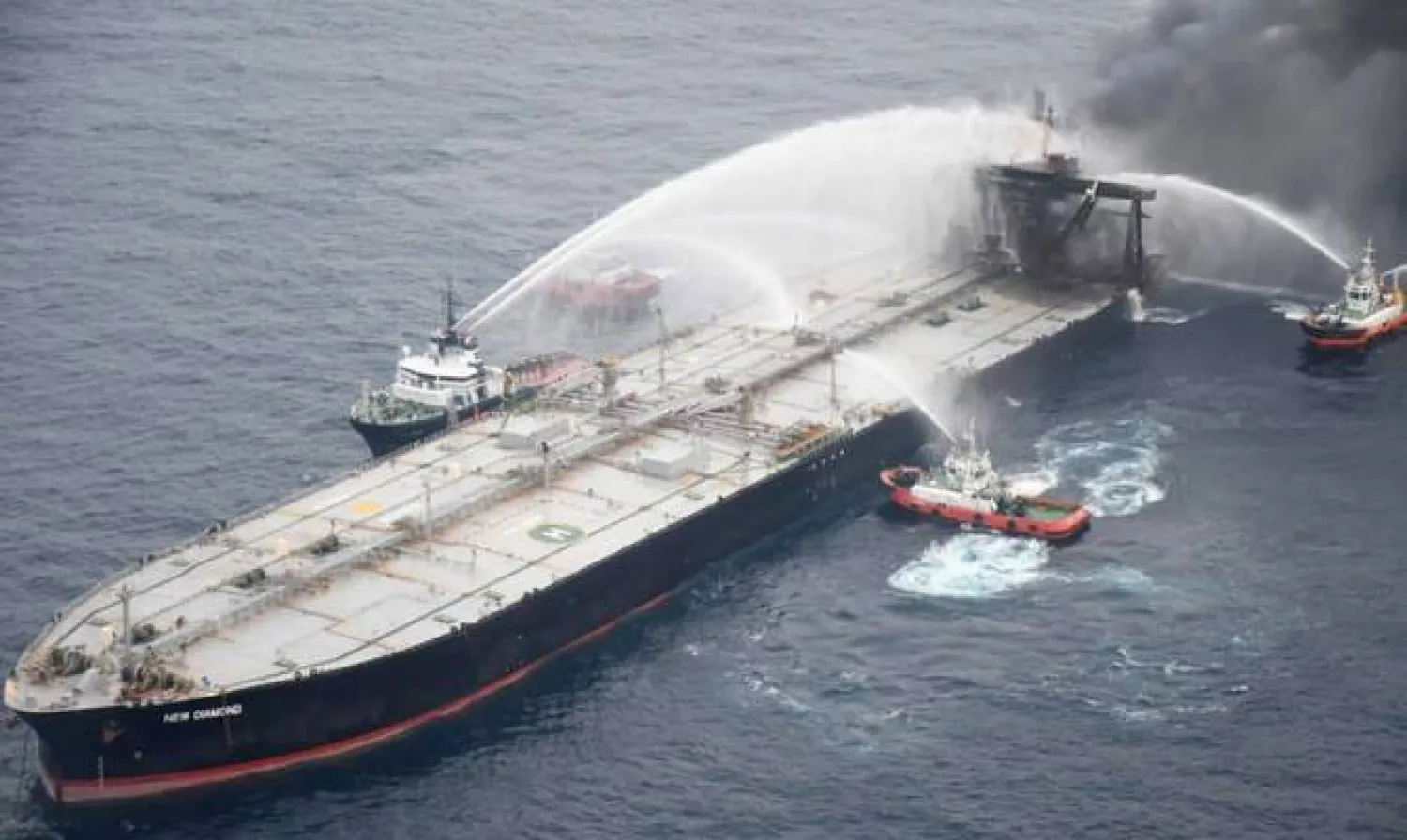The World Health Organization is working with Google to ensure that people get facts from WHO first when they search for information about the new virus that recently emerged in China.
Director-General Tedros Adhanom Ghebreyesus told the opening of WHO's executive board meeting on Monday that social media platforms such as Twitter, Facebook, Tencent, and TikTok have also taken steps to limit the spread of misinformation and rumors about the virus and outbreak that first emerged in the Chinese city of Wuhan in late December and has now spread to 23 other countries.
"To that end, we have worked with Google to make sure people searching for information about coronavirus see WHO information at the top of their search results," he said.
WHO officials like Tedros have heaped praise on China's response repeatedly in public, echoed Beijing's calls to avoid panic, sought to reinforce weaker health systems and dispel rumors that may have prompted xenophobic invective against Chinese citizens and even other Asians.
Ambassador Li Song, deputy permanent representative for China in Geneva, lashed out at flight cancellations, visa denials, and refusals by some countries to admit citizens of Hubei Province, where Wuhan is located, saying those moves went against WHO recommendations.
Li noted how Chinese President Xi Jinping, meeting with Tedros last week in Beijing, had said the coronavirus epidemic "`is a devil - we cannot let the devil hide.´"
"At the same time, the international community needs to treat the new virus objectively, fairly, calmly, and rationally, and not over-interpret it negatively and pessimistically, or deliberately create panic," Li said.
"We need facts, not fear. We need science, not rumors. We need solidarity, not stigma."
Tedros recounted how his own daughter had advised him against the trip to Beijing, and that he tried to explain to her "it's ok, it's not all over China."
"Even in China, the virus is not evenly spread everywhere, and the risk is not the same," he said. "When I was in Beijing, what we had discussed with the authorities is that our concentrated effort should be in the epicenters, or the sources of the virus."
Since the outbreak began, a number of misleading claims and hoaxes about the virus have circulated online. They include false conspiracy theories that the virus was created in a lab and that vaccines have already been manufactured, exaggerations about the number of sick and dead, and claims about bogus cures.
On Sunday, WHO lamented that the outbreak and response have been accompanied "by a massive `infodemic´ - an overabundance of information, some accurate and some not - that makes it hard for people to find trustworthy sources and reliable guidance when they need it."
The report said WHO, the UN health agency, was working "24 hours a day to identify the most prevalent rumors that can potentially harm the public´s health, such as false prevention measures or cures."
"These myths are then refuted with evidence-based information," it said, noting that WHO is providing myth busters on its social media channels in China and beyond.
Tedros also reiterated his decision last week to classify the virus outbreak as a global emergency, saying the move was prompted by increased human-to-human spread of the virus to numerous countries and the fear it could have a significant impact on developing countries with weaker health systems.
As of Monday morning, the outbreak had infected more than 17,300 people, including 17,238 cases and 361 deaths confirmed in China, Tedros said. Outside China, there were 151 confirmed cases in 23 countries, and one death, reported in the Philippines on Sunday, he said.
Tedros said recent outbreaks including the new virus and Ebola demonstrated the shortcomings of the "binary" emergency system, calling it "too restrictive, too simplistic, and not fit for purpose.""
"We have a green light, a red light, and nothing in-between," he said, adding that WHO was considering options to allow for an "intermediate level of alert."
The WHO executive board, which is starting a six-day meeting, plans to hold a special technical session on the coronavirus Tuesday.









